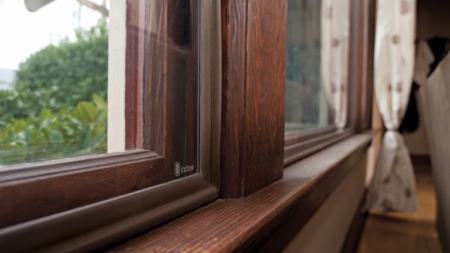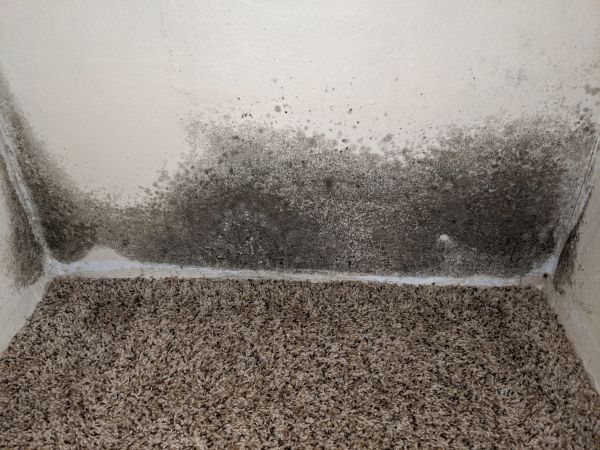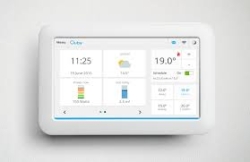LEED (Leadership in Energy and Environmental Design) professional credentials demonstrate advanced and up-to-date knowledge of green building design, construction, and operations. The LEED Green Associate credential is introductory-level and demonstrates a general understanding of all the LEED rating systems. Advanced Placement (AP) credentials are an option to demonstrate expertise in specific green building categories and LEED rating systems. Like the Green Associate credential, LEED AP credentials are also offered through the U.S. Green Building Council. Descriptions of the five LEED AP exams are below.
LEED AP Building Design + Construction (LEED AP BD+C) 
This is for professionals who want to demonstrate expertise in the design and construction phases of green buildings. This applies to commercial, residential, education, and healthcare buildings. For sample questions and what you need to know: http://www.usgbc.org/articles/prepare-your-leed-ap-bdc-exam. Study guide: http://www.usgbc.org/resources/leed-reference-guide-building-design-and-construction.
 LEED AP Operations + Maintenance (LEED AP O+M)
LEED AP Operations + Maintenance (LEED AP O+M)
This credential is for the implementation of sustainable practices, improving efficiency and performance, and reducing environmental impact in existing buildings. For sample questions and what you need to know: http://www.usgbc.org/articles/prepare-your-leed-ap-om-exam. A study guide is yet available, however there is a candidate handbook: http://www.usgbc.org/resources/leed-v4-ap-om-candidate-handbook.
LEED AP Interior Design + Construction (LEED AP ID+C) 
A credential that demonstrates expertise in the design, construction, and improvement of commercial and residential interiors with an emphasis on a sustainable, healthy, and productive work environment. For sample questions and what you need to know: http://www.usgbc.org/articles/prepare-your-leed-ap-idc-exam. Study guide: http://www.usgbc.org/resources/leed-reference-guide-interior-design-and-construction.
 LEED AP Neighborhood Development (LEED AP ND)
LEED AP Neighborhood Development (LEED AP ND)
This is an emphasis on the planning, design, and development of walkable neighborhoods and communities. For sample questions and what you need to know: http://www.usgbc.org/articles/prepare-your-leed-ap-nd-exam. Study guide: http://www.usgbc.org/resources/leed-reference-guide-neighborhood-development-0.
LEED AP Homes 
This is for professionals that are involved in the design and construction of environmentally sustainable and durable homes. For sample questions and what you need to know: http://www.usgbc.org/articles/prepare-your-leed-ap-homes-exam. LEED Homes Reference Guide: http://www.usgbc.org/resources/leed-homes-reference-guide.
Details about the AP exams include:
-
100 multiple-choice questions for each test.
-
Two hours to take each test.
-
You can use a “mark” button to flag the questions that you want to go back and review or answer.
-
Translation aids available in Spanish, Chinese, French, Portuguese, and Arabic.
-
A passing score is 170 or higher on a scale of 125 to 200.
-
Is it possible to take the Green Associate (GA) exam and an AP exam at the same time? Yes. An advantage to doing this is to get the testing done all in one day. A disadvantage is that you must pass both tests to receive the AP certification. If you pass only part 1 (GA), then you can receive that credential and then re-take the specialty exam at a later date.
-
Each specialty test: $350 (or $250 for USGBC members). Full exam cost (GA exam and an AP exam): $550 (or $400 for USGBC members).
-
LEED professional exams are updated on July 1st. of every year. Exams are not offered from June 15-June 30 of each year.
- There are no formal eligibility requirements or prerequisites to take the test, however the USGBC strongly recommends having experience with working on a LEED-registered project.
To register for the exam(s): http://www.usgbc.org/credentials#taking. AP credential holders must earn 30 hours of continuing education credits within 2 years of passing the exam. Hours can be earned by activities relating to green building, which include education, project experience, authorship, and volunteering (USGBC, 2015).





